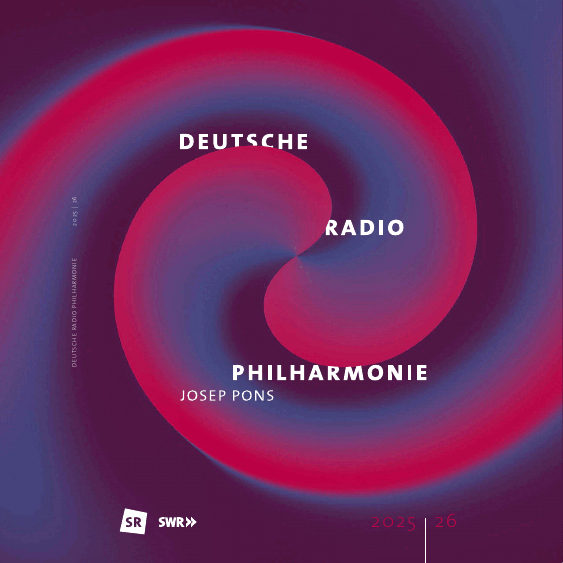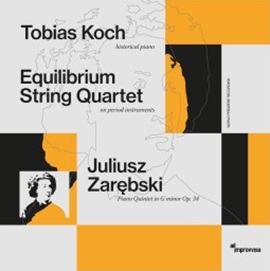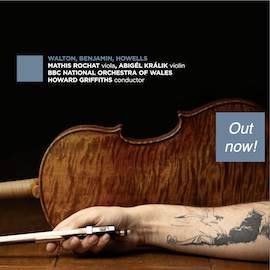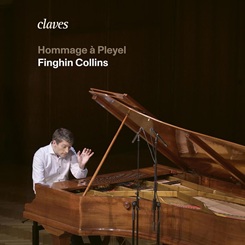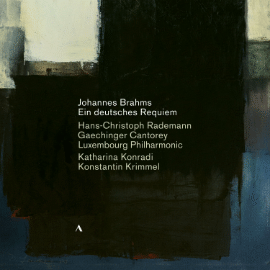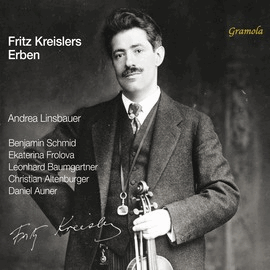Der irische Pianist Finghin Collins schätzt besonders den singenden Klangcharakter des Pleyel-Klaviers, wie er im Booklet zu seinem neuen Album schreibt. Diese Klangfacette bringt er denn auch in seinen Interpretationen schön zur Geltung, wobei sich das Programm von Joseph Haydn bis zu Claude Debussy – also über mehr als ein Jahrhundert erstreckt.
Schon die das Programm eröffnende Haydn-Sonate bringt viel Licht in die Musik mit ihrer heiteren Anmut, ihrem Charme, mit dem spritzigen, klaren Vortrag des irischen Pianisten. Sogar dem besinnlicheren, einfühlsamen Adagio kann er klanglich noch ein Lächeln entlocken.
In die gleiche Kerbe schlägt die Sonate von Ignaz Pleyel: klassisch ausgeformt, leicht, etwas verspielt und differenziert dargeboten. Bei Chopins Nocturnes wird die Stimmung natürlich nachdenklicher, melancholisch, dennoch weit entfernt von hochromantischer Betrübnis – als ob das feine, im Bass kräftige, dennoch immer warme Klangbild des Instrumentes sich einem derartigen Pessimismus entzöge.
Eher scheint dieses Klangbild der Unbeschwertheit der munteren Salon-Stücke von Joseph O’Kelly und Georges Pfeiffer zugeneigt, die Entdeckungen dieses Programms, das mit Claude Debussy schließt. Auch dessen Aquarell gleiche Musik, dessen mit geschicktem Pinsel stimmungsvoll gemalte Klangbilder, finden in Finghin Collins am Pleyel-Klavier einen einfühlsamen und aufmerksamen Erspürer von Stimmungen, die er authentisch und treffend in Klang gestaltet.
Irish pianist Finghin Collins particularly appreciates the singing tone of the Pleyel piano, as he writes in the booklet accompanying his new album. He beautifully showcases this aspect of the instrument’s sound in his interpretations, performing pieces spanning more than a century, from works by Joseph Haydn to pieces by Claude Debussy.
The Haydn sonata with which the program opens brings a great deal of lightness to the music, thanks to its cheerful grace and charm, and the Irish pianist’s lively and clear performance. He even manages to elicit a smile from the more contemplative and sensitive adagio.
The sonata by Ignaz Pleyel strikes a similar tone: it is classically formed, light and somewhat playful, and is presented in a nuanced manner. In contrast, Chopin’s Nocturnes have a more contemplative and melancholic mood, yet are far removed from highly romantic sadness — as if the fine, powerful yet always warm bass sound were to elude such pessimism.
This specific piano sound lends itself well to the light-hearted salon pieces of Joseph O’Kelly and Georges Pfeiffer, the program’s discoveries. The program concludes with Claude Debussy. At the Pleyel piano, Finghin Collins is a sensitive and attentive interpreter of moods, authentically and aptly translating them into sound with his skillful brushstrokes and atmospheric soundscapes reminiscent of watercolors.



